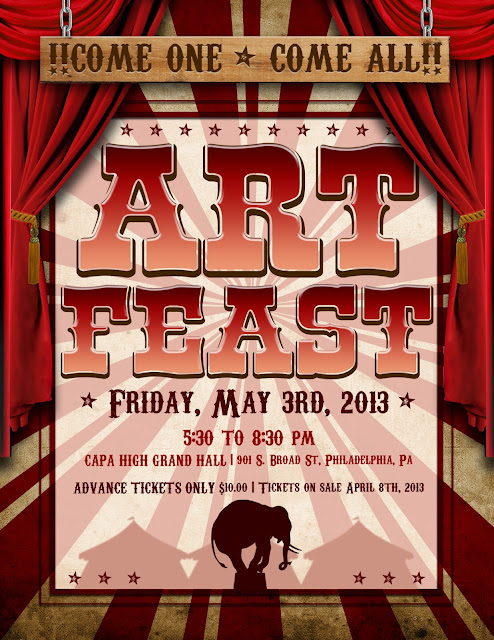The FEAR of being nothing, achieving nothing and becoming nothing should be way bigger than the fear of making mistakes.
A life spent making mistakes is not only more honorable, but more useful than a life spent doing nothing. ~ George Bernard Shaw
Here are 7 reasons why not making mistakes is in fact the biggest mistake you could ever make.
1. MISTAKES HELP US DISCOVER WHO WE ARE
With every mistake that we make we discover more and more about ourselves, about who we are, about our limits, about our capabilities, about what we can and cannot do. They help us be more compassionate and more tolerant with ourselves and others.
There is a power inside every human against which no earthly force is of the slightest consequence. ~ Neville Goddard
2. LIFE LESSONS – MISTAKES TEACH US VALUABLE LIFE LESSONS
By making mistakes you will in fact learn valuable life lessons and you will become a happy learner. There is so much we can all learn from our mistakes, and the moment we see them as lessons rather than mistakes, we will no longer have this crazy fear of encountering them along the journey.
Mistakes are a part of being human. Appreciate your mistakes for what they are: precious life lessons that can only be learned the hard way. Unless it’s a fatal mistake, which, at least, others can learn from. ~ Al Franken
3. FORGIVENESS – MISTAKES TEACH US HOW TO FORGIVE
One of the greatest lesson you will learn from making mistakes is forgiveness. With every mistake that you’ll make, you will learn how important it is to forgive yourself and many of the people around you. You will understand that you are not perfect and that perfection doesn’t really exist, only our intentions of doing our best. And who wants to be perfect anyways? Perfection leaves no room for improvement.
The truth is, unless you let go, unless you forgive yourself, unless you forgive the situation, unless you realize that that situation is over, you cannot move forward. ~ Steve Maraboli
4. FREE FROM FEAR – MISTAKES HELP US LET GO OF OUR FEARS
NOT MAKING MISTAKES - isn’t that actually the biggest mistake you could ever make? Life isn’t about avoiding mistakes but rather embracing the idea that mistakes will come your way and being willing to learn from these mistakes. Let go of your fears and allow yourself to really experience life.
There are some people who live 70 years, and there some people who live one year 70 times, repeating what they’re doing over and over in the name of the gold watch or whatever. ~ Wayne Dyer
Believe it or not, if you play it safe you will have more and more regrets about the things you did not do rather than the things you did do, you will regret not making more mistakes. Personally, whenever I hesitate doing something because of the fear of making mistakes, I imagine myself on my death bed ( I know, a bit too crazy but it works ) looking back at my life on what I achieved. By doing so I realize that if i don’t take action NOW, I will have regrets.
I would much rather have regrets about not doing what people said, than regretting not doing what my heart led me to and wondering what life had been like if I’d just been myself. ~ Brittany Renée
6. GROWTH – WITH MISTAKES COMES GROWTH AND PROGRESS
If you don’t make mistakes how can you expect to GROW and to EVOLVE as a human being? How many of us get stuck because they allow the fear of making mistakes to paralyze them? How can we expect to learn anything new if we don’t allow ourselves to make mistakes?
What do you first do when you learn to swim? You make mistakes, do you not? And what happens? You make other mistakes, and when you have made all the mistakes you possibly can without drowning – and some of them many times over – what do you find? That you can swim? Well – life is just the same as learning to swim! Do not be afraid of making mistakes, for there is no other way of learning how to live! ~ Alfred Adler
7. MISTAKES ARE STEPPING STONES TO HAPPINESS
You gain confidence, courage and experience every time you make a new mistake in a very narrow field and in time you will get better and better at the things you love to do. Remember Thomas Edison? He failed more than 10,000 times while working on the light bulb and in the end he succeeded.
When you know exactly what you want and when you are able to see this something in your mind’s eye, nothing can stop you from moving forward, nothing can stop you from achieving your dreams and allowing happiness to enter into your life.
I’ve failed over and over and over again in my life and that is why I succeed. ~ Michael Jordan
Believe it or not, you will not make all the mistakes you expect to make, and when you do make mistakes, the sky will not fall down and the whole world will not stop from doing whatever it is doing just so it can laugh at you.


.JPG)
.JPG)

















































